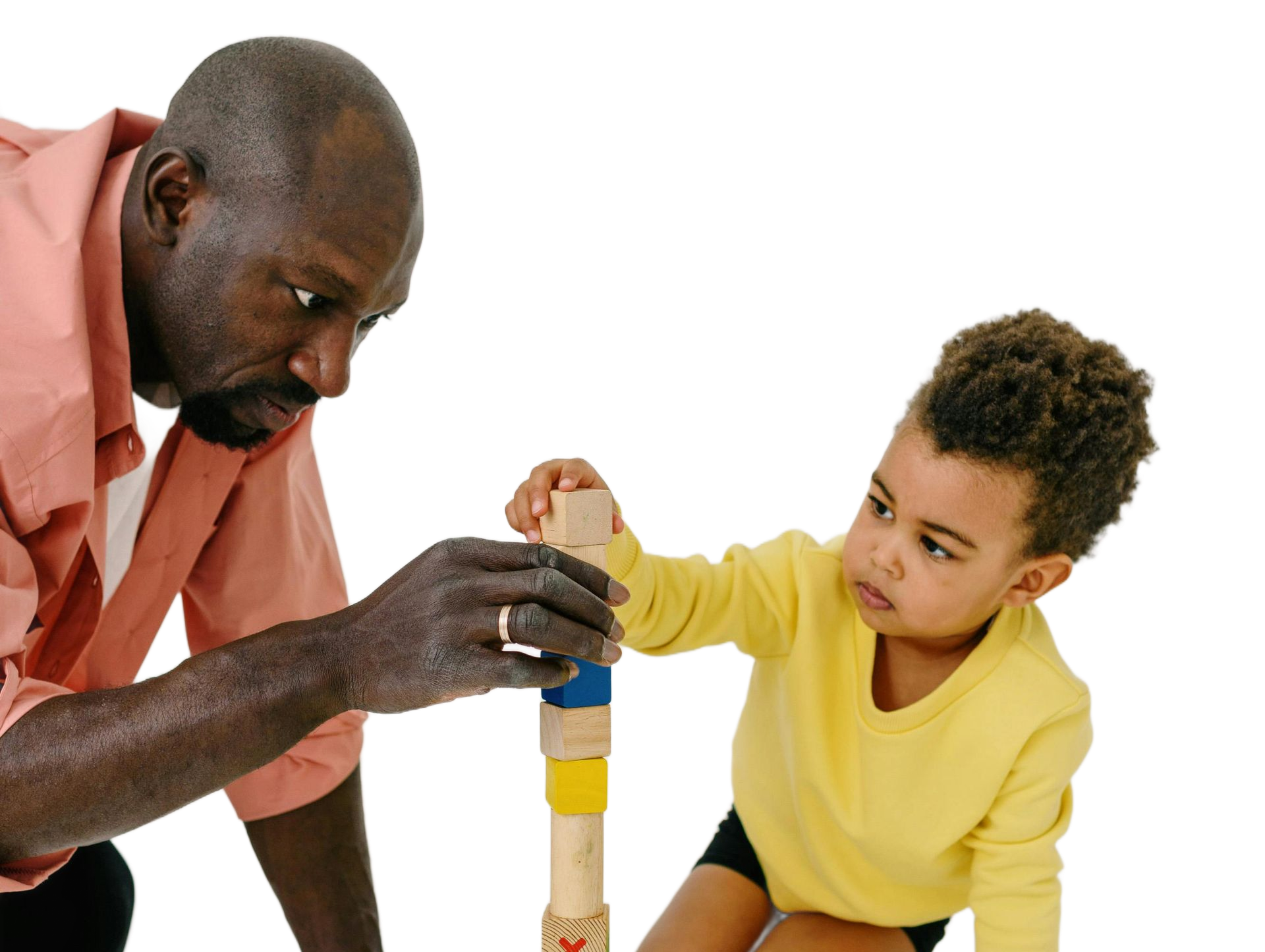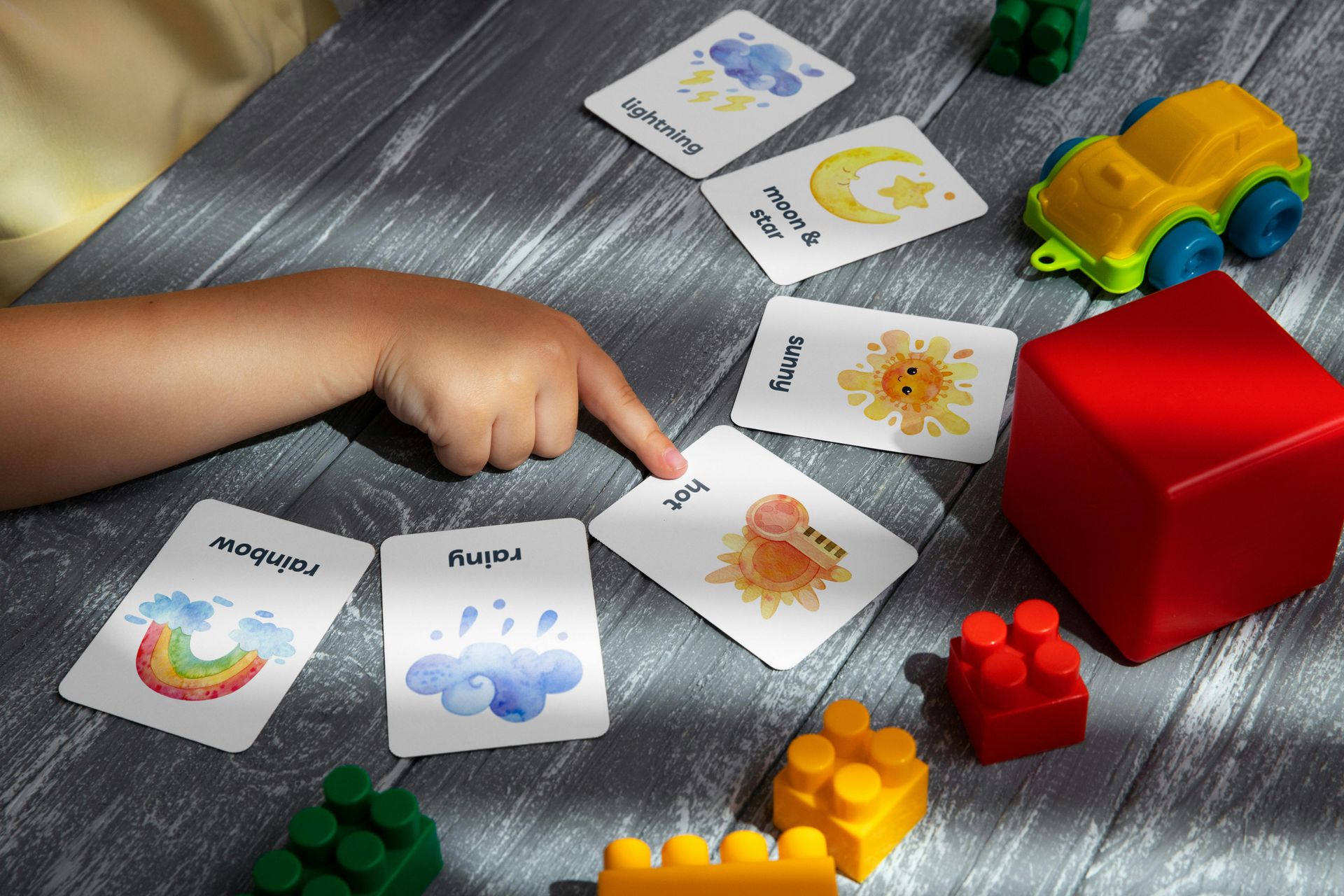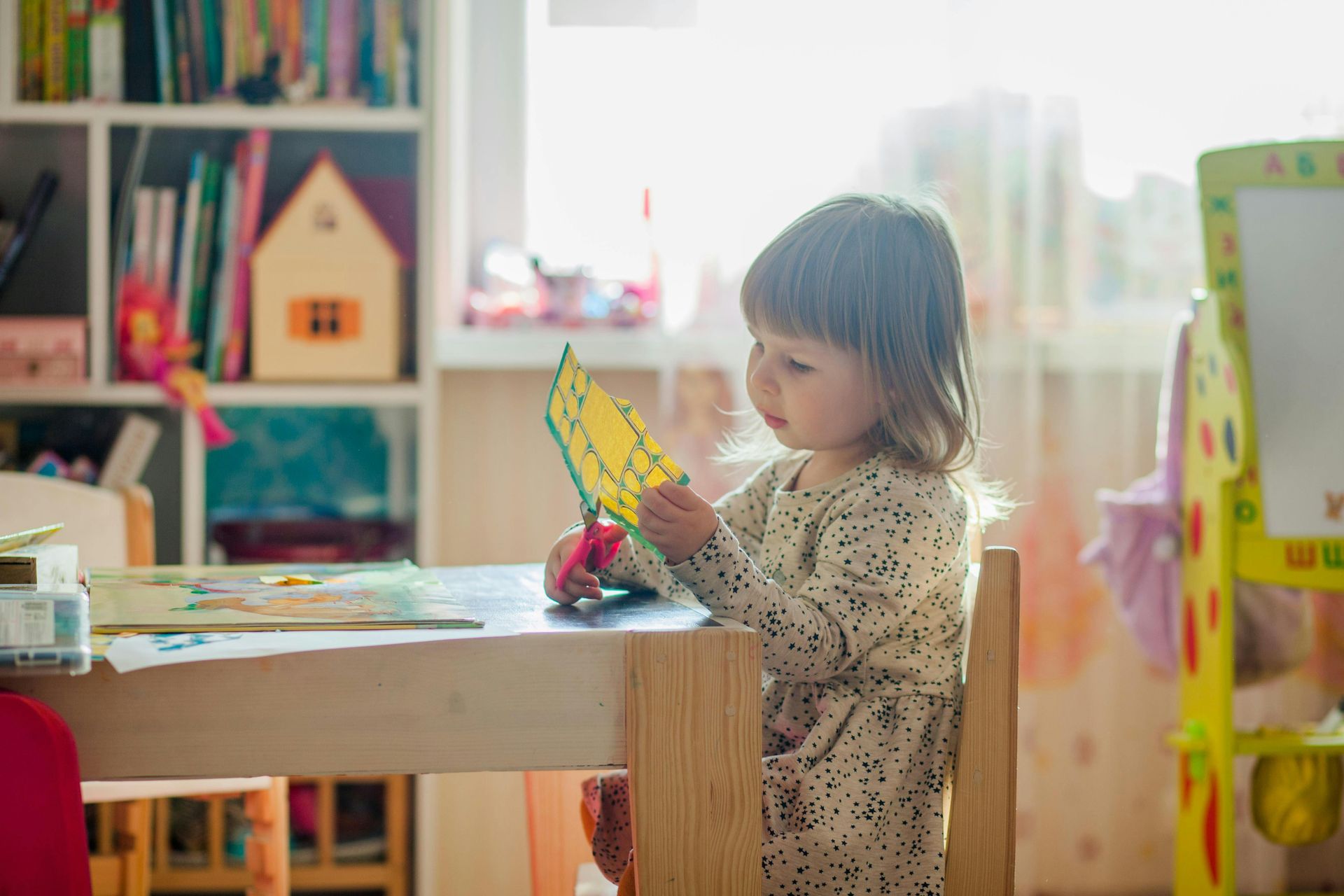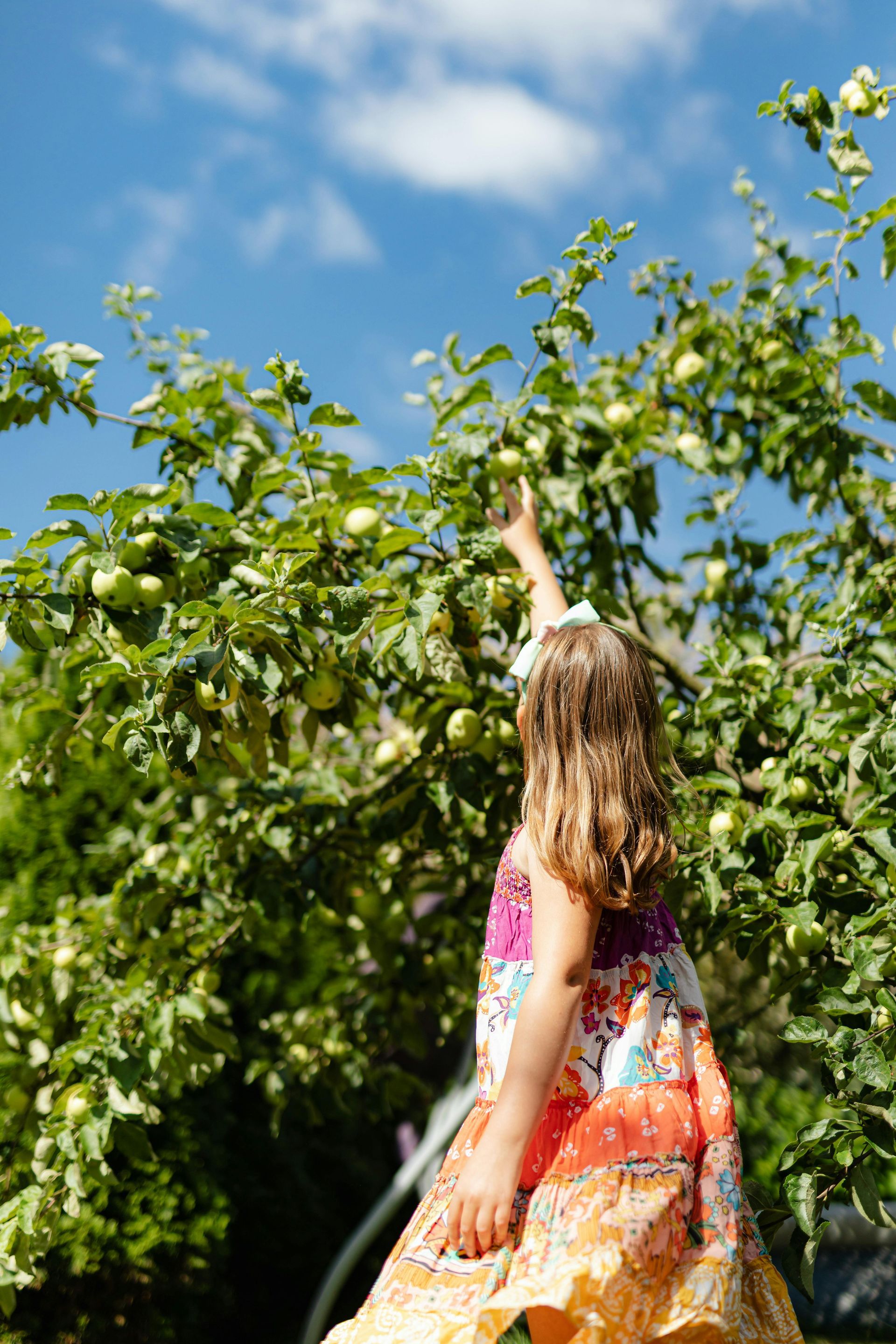How Naturalistic Teaching Can Complement ABA Therapy

Natural Environment Teaching, or naturalistic teaching, is a method that aims to embed authentic learning opportunities into a child’s everyday life. It leverages the child’s unique interests and individual motivations to engage the child in skill development. This learning typically takes place in a less structured environment—often in play—and tends to be child-led. This low-stress, in-context skill work is a particularly powerful plan for children who have autism.
On the other hand, Applied Behavior Analysis therapy, or ABA, is a more formal, systematic therapy that aims to understand and change behaviors through reinforcement strategies. It has long been referred to as the gold standard therapy for children with autism. Sessions are more therapist-led than child-led, and it is normal for skills to be taught in the therapist’s office setting before being transferred to the child’s natural environment.
While these two forms of teaching are very different from each other, they work beautifully in tandem. Some of the reasons naturalistic teaching and ABA work so well together are:
Engagement
Both strategies seek to engage and motivate the child using his or her interests. Using this technique makes the learning more enjoyable and that, in turn, makes it more effective.
Generalization of Skills
Skills that have been taught to mastery in a clinical setting must be applied to a variety of environments and contexts in order to achieve generalization of a skill. Naturalistic teaching offers this real-world practice for a child with autism, and that leads to increased confidence.
Socialization
Naturalistic teaching may be especially beneficial in social settings. Some of the skills most frequently worked on in ABA are social skills. Social skills can be taught through social stories and role play, but what better way is there to learn social skills to mastery than in authentic social settings? This is where naturalistic teaching really shines.
In closing, there may be some challenges to implementing a combination of ABA therapy and naturalistic teaching due to their somewhat contradicting approaches. However, with the right team of professionals and involved parents, it may very well be worth the effort. Consider talking to your child’s ABA therapist to see if naturalistic teaching can help your child.










